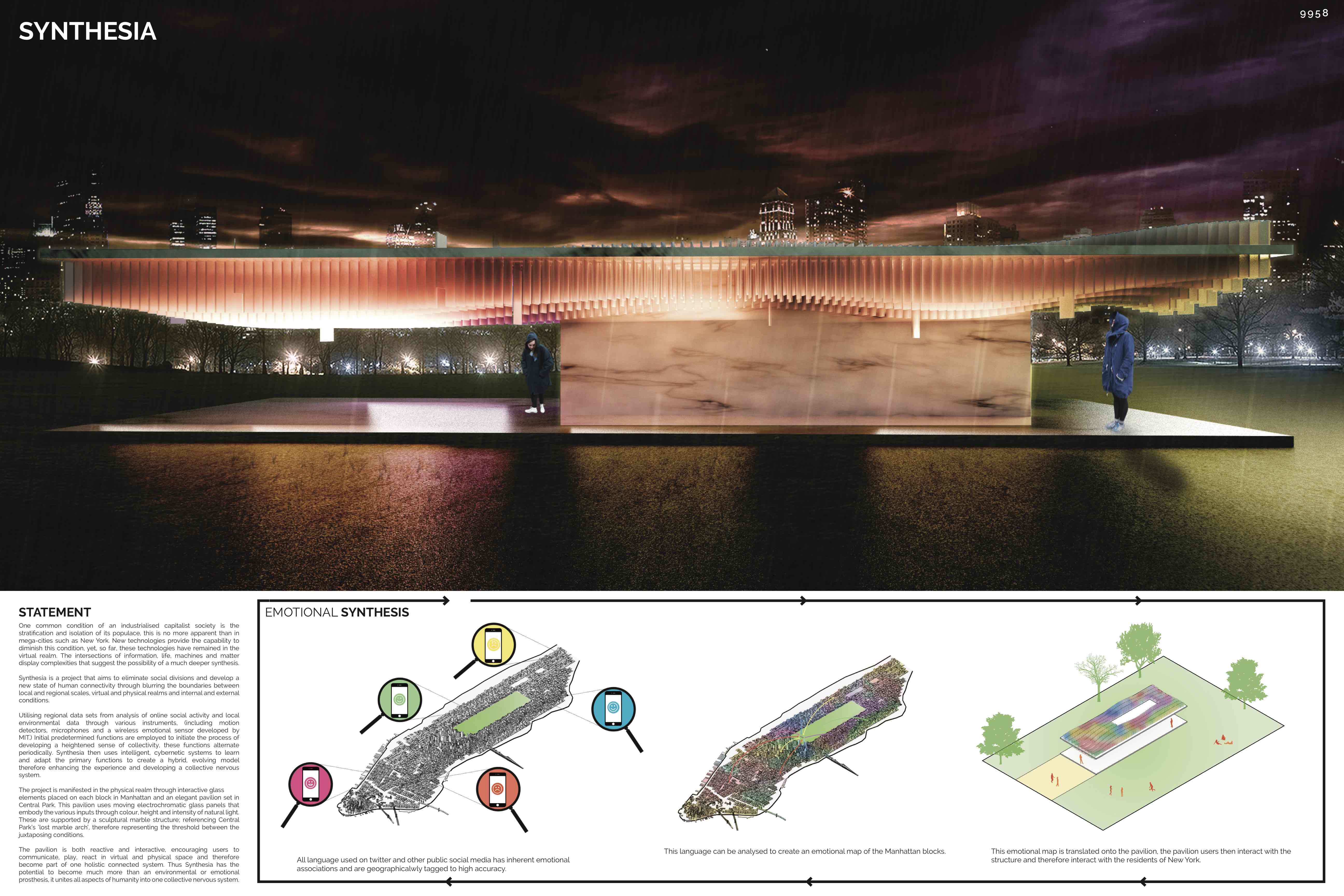
Also, the synesthete would have the experience regardless of whether he or she were paying attention to the smell, whereas someone without synesthesia does not usually have memory percepts or experiences associated with unattended stimuli. A synesthete, though, would automatically have a new set of textures and colors assigned to this new experience. If you smelled something new, such as a food you'd never encountered before, you would not have a picture to go along with it. Their mental picture, though, would not be of a pie or anything so complex, but of unrelated textures and colors. On the other hand, a synesthete who had visualization-smell synesthesia would have the same experience every time. However, this picture may not be the same every time you smell a pie, nor will the picture of the pie appear every time you pick up the smell. One might ask, "Well, how is this different from my smelling some pie and then seeing a picture of pie in my mind?" The answer is, very different! When you experience a smell and then see a picture, you are using your memory to access a pre-formed picture of a pie. A synesthete tested on his or her associations will give the same answers 70%-100% over a period of weeks, even years! Compare this with an average performance of around 20-40% by controls trained to remember similar associations. The associations between letters and colors in color-graphemic synesthesia, for example, are formed very early and do not change over time. This also means that the synesthete cannot control when the synesthesia happens or to what stimulus in a certain sensory modality (touch, taste, etc) the synesthete will respond. That means, the synesthete does not have to trigger the second sensory experience consciously it happens on its own as a response to a stimuli, i.e. Synesthesia is both involuntary but elicited (Cytowic, 1996) and irrepressible. Back to top of FAQ What are the characteristics of synesthesia?

For example, when someone hears a sound, he or she immediately sees a color or shape in his or her "mind's eye." People that have synesthesia are called synesthetes. At its simplest level, synesthesia means that when a certain sense or part of a sense is activated, another unrelated sense or part of a sense is activated concurrently. Synesthesia (or synaesthesia) is loosely defined as "senses coming together," which is just a translation of the Greek (etymology: syn - together, esthesia from aesthesis - sensation). Where can I get more information?ġ0) I think I might have synesthesia. Veronica Gross.Ģ) What are the characteristics of synesthesia?ħ) Is there any proof that synesthesia occurs?Ĩ) Does synesthesia get in the way of everyday life?ĩ) I'm interested in synesthesia. Frequently Asked Questions about Synesthesia This FAQ written by Dr. She is happy to talk with synesthetes, students, and other researchers about synesthesia and her research. Veronica Gross is still working to explore memory, perception, and synesthesia. Although the Synesthesia Project is no longer active at Boston University, Dr.

On these pages, you will find more information about synesthesia.


 0 kommentar(er)
0 kommentar(er)
